RSMSSB JE Civil Mock Test - 6 - Civil Engineering (CE) MCQ
30 Questions MCQ Test - RSMSSB JE Civil Mock Test - 6
Which of the following Industrial Undertaking is not an Undertaking of the Government of India located in Rajasthan?
Match the following irrigation projects with districts and select your answer using the code given below:
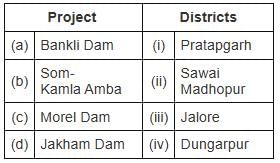

Which of the following literary works is associated with Satya Prakash Joshi?
Which is the largest tributary of Chambal river in Rajasthan?
The general voting has been conducted in all the 25 Lok Sabha constituencies of Rajasthan in the Lok Sabha General Election-2024. Choose the current statement:
1. A total of 58.28% of voting took place in 12 Lok Sabha constituencies in the first phase in the state.
2. In the second phase, 64.6% of voting took place in 13 Lok Sabha constituencies of the state.
3. There are a total of 266 candidates for all the 25 Lok Sabha constituencies of the state.
Which of the following district of Rajasthan share its land boundary with more than 7 districts?
Which command in AUTOCAD, can be used to create Object B from Object A as shown in Figure.
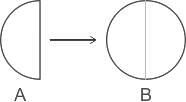
According to IS 1742 : 1983, in the design of gravity drains for building drainage under ruling gradient, the minimum self cleansing velocity and the maximum velocity of flow to be adopted are respectively:
In which system the water required for irrigation is supplied throughout the crop period as per requirements?
The soil which is formed by transportation of the weathered rock material by the wind is
For a clay, SL = 20%, PL = 40%. The total volume at PL & LL was 1.20 Vd and 1.50 Vd respectively wherein Vd = dry volume. Then, the plasticity Index Pl of the soil is
If P is the amount of acid required to reach 8.3 and M is the total quantity of acid required to reach 4.5, Which of the following statements are true?
(i) P = M, all alkalinity is OH-
(ii) P = M/2, all alkalinity is 
(iii) P > M/2, predominant species are  and HCO3-
and HCO3-
(iv) P < M/2, predominant species are OH- and 
Which of the following defects in timber is caused by growth of layers over wounds left after the branches been cut off?
Which of the following structures is constructed to separate under sluices from the main weir?
Consider the following statements concerning precipitation:
- The Isohyetal map method of determining the average precipitation is considering to be better than the Thiessen method.
- There is no possibility of damaging the storms because of cloud seeding activity.
- Water that percolates through the soil emerges as the dry whether flow in streams.
Which of the above statements are correct?
Match the following water distribution system with their characteristics.
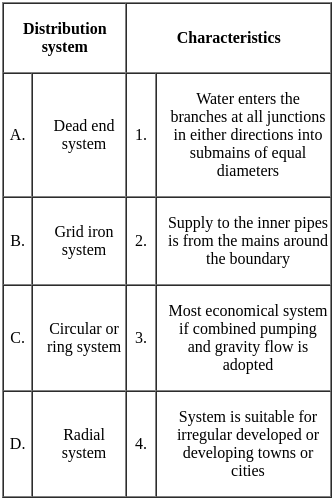
As per IS soil classification system an expression for A-line is -
Which of the following is the CORRECT relationship between the Young's modulus(E) and Bulk modulus(K) of a material?
(Here: μ = Poisson's ratio) (Symbols and notations carry their usual meaning)
In IRC 58, The guidelines cover the design of plain jointed cement concrete pavements. These are applicable to roads having an average daily commercial vehicles more than___ with laden weight exceeding_____ tonnes.


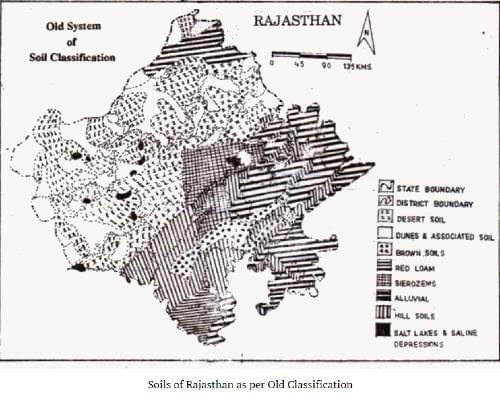

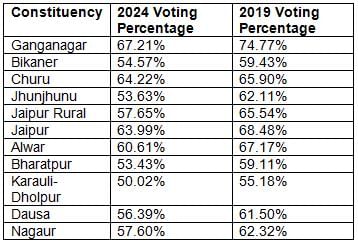
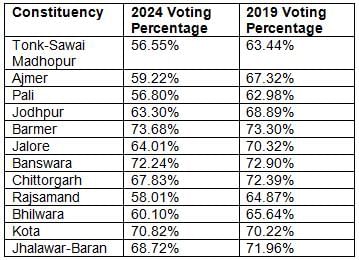
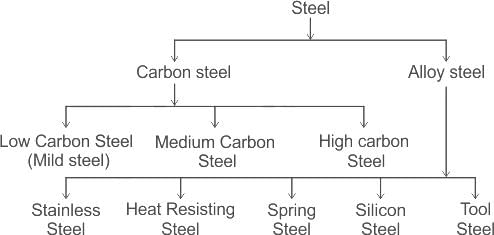
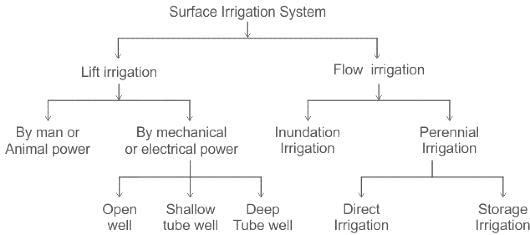
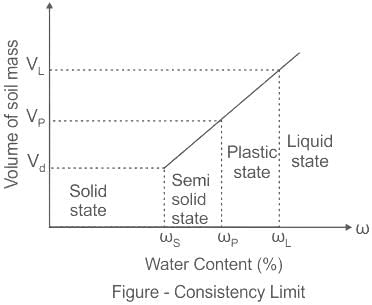
 = constant
= constant =
= 


 =
= 
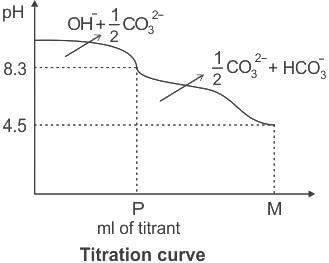
 to
to  is essentially complete at pH = 8.3, but
is essentially complete at pH = 8.3, but  formed also requires acid. Hence it is thought that half of
formed also requires acid. Hence it is thought that half of  have been neutralized up to pH = 8.3.
have been neutralized up to pH = 8.3. alkalinity is completely neutralized up to pH = 8.3
alkalinity is completely neutralized up to pH = 8.3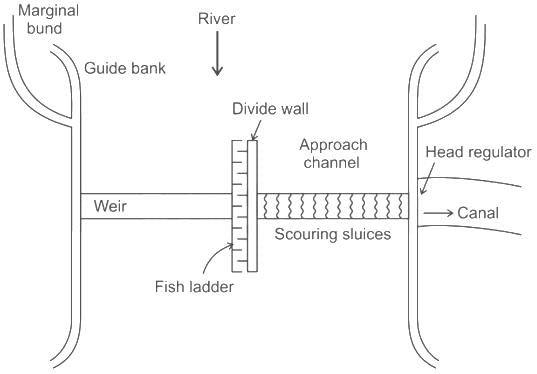
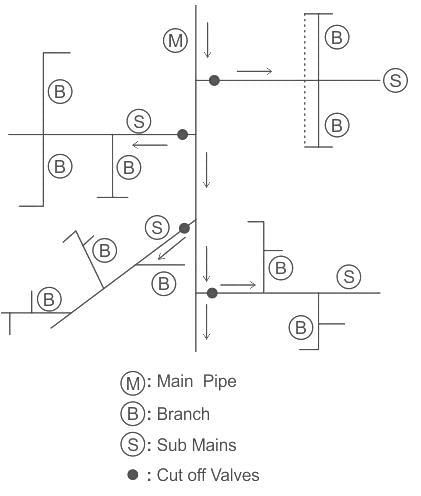
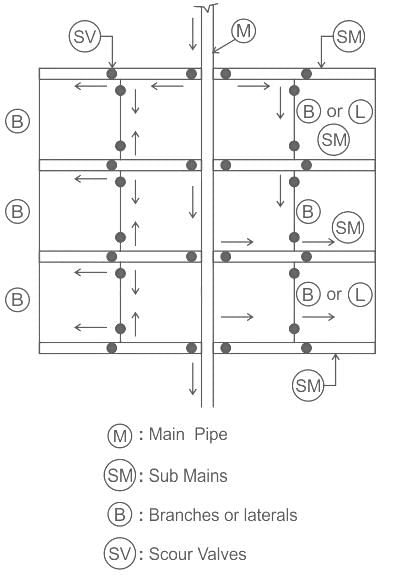
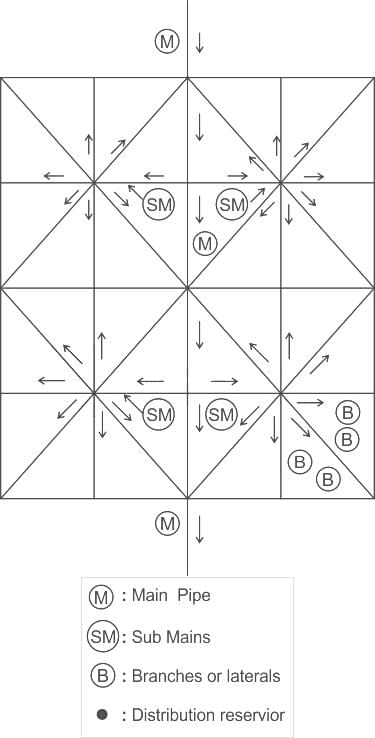
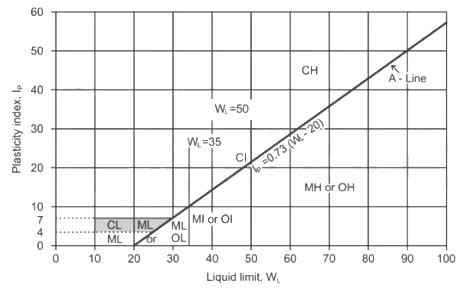
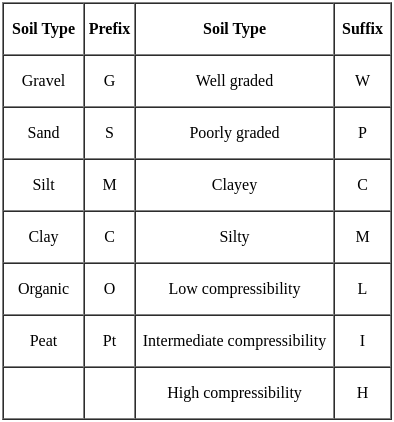



 = z = polar section modulus of section
= z = polar section modulus of section
 and
and 















